
Custom 5 axis CNC machining superalloy investment casting turbine blisk by China factory
Custom CNC-machined superalloy investment casting turbine blisk by China factory
Custom machining of blisks (Blade Integrated Disks) is a complex and high-precision manufacturing process. Blisks are widely used in aircraft engines, turbochargers, and gas turbines. By integrating the blades with the disk, blisks eliminate the need for traditional blade assembly joints, significantly enhancing the strength, aerodynamic performance, and weight efficiency of the disk. Below are the key points and challenges of custom machining a blisk:
1. Material Selection
Blisks are typically made from high-strength, high-temperature-resistant materials such as titanium alloys, nickel-based superalloys, or aluminum alloys to withstand extreme environments. These materials are difficult to machine and cause significant tool wear, requiring appropriate tool selection and cutting parameters to ensure precision and surface quality.
2. Application of Five-Axis Machining
Since the blades and disk are integrated in the blisk design, the narrow gaps between blades and the complex shapes make five-axis machining the ideal choice for blisk production. Five-axis machining allows for:
- Complex curved surface machining of the blades, ensuring the precision of blade curvature and shape.
- Precise machining of the area where the blades connect to the disk, reducing the positioning errors caused by multiple setups.
3. Optimization of Machining Path
Given the complex geometry of a blisk, optimizing the cutting path is critical. A well-designed tool path can reduce idle cutting time and tool wear, improving machining efficiency. CAM (Computer-Aided Manufacturing) software is often used to design intricate tool paths, ensuring consistent cutting across the blades and minimizing material removal.
4. Surface Quality and Tolerance Control
Due to the high aerodynamic requirements, blisks demand strict surface finish and shape tolerance control. Any surface defects can negatively impact airflow performance. During machining, precise tool selection and optimization of cutting parameters help maintain surface roughness at the micron level, meeting aerodynamic and structural performance requirements.
5. Machining Challenges
The thin and complex shapes of blisk blades make them prone to deformation during machining. To address these challenges, it is important to control cutting forces, use high-rigidity machines, and employ multiple light cutting passes. Additionally, advanced coolant management is essential to avoid tool overheating and prevent workpiece deformation.
6. Post-Processing: Heat Treatment and Coating
For blisks used in high-performance applications, post-machining heat treatment and surface coating are often required to enhance wear resistance and fatigue strength. During machining, it is essential to account for any deformation that may occur after heat treatment, ensuring that the final part meets the required dimensions and shape specifications.
7. Inspection and Quality Control
The precision machining of blisks demands stringent inspection methods to ensure product quality. Coordinate Measuring Machines (CMM) or optical scanning devices are typically used to verify the geometry and surface quality of the blades, ensuring they meet design specifications. Non-contact inspection techniques are also commonly used to verify the complex surfaces and surface finish of the blades.
Conclusion:
Custom machining of blisks is a highly complex and technically demanding process that requires advanced five-axis machining capabilities, precise tool path planning, strict tolerance control, and robust quality inspection methods. The selection of appropriate materials, processes, and equipment ensures that blisks achieve optimal performance in high-performance applications.
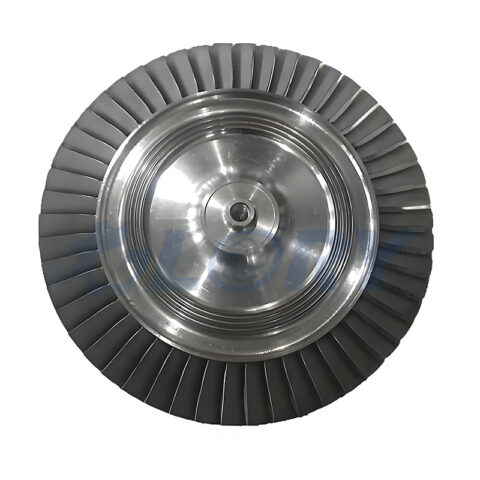
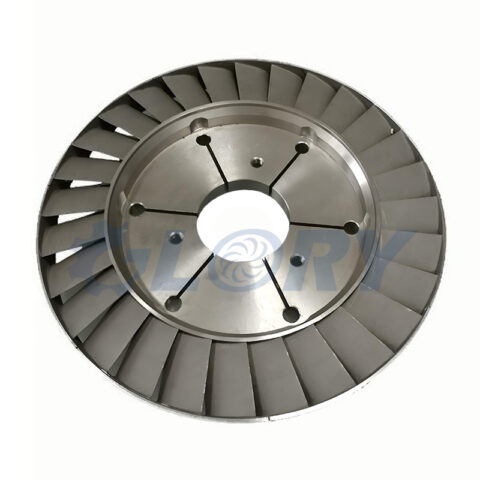
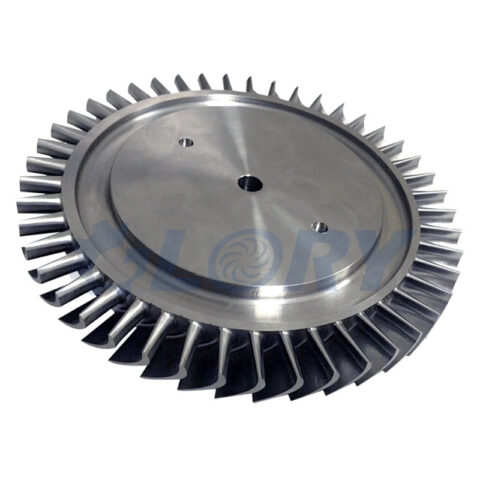



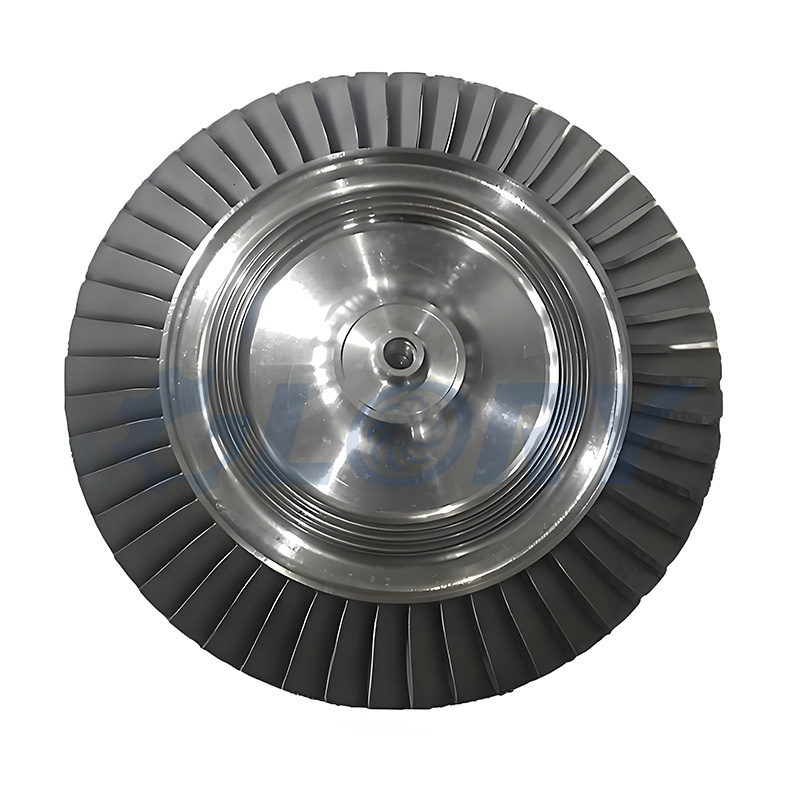

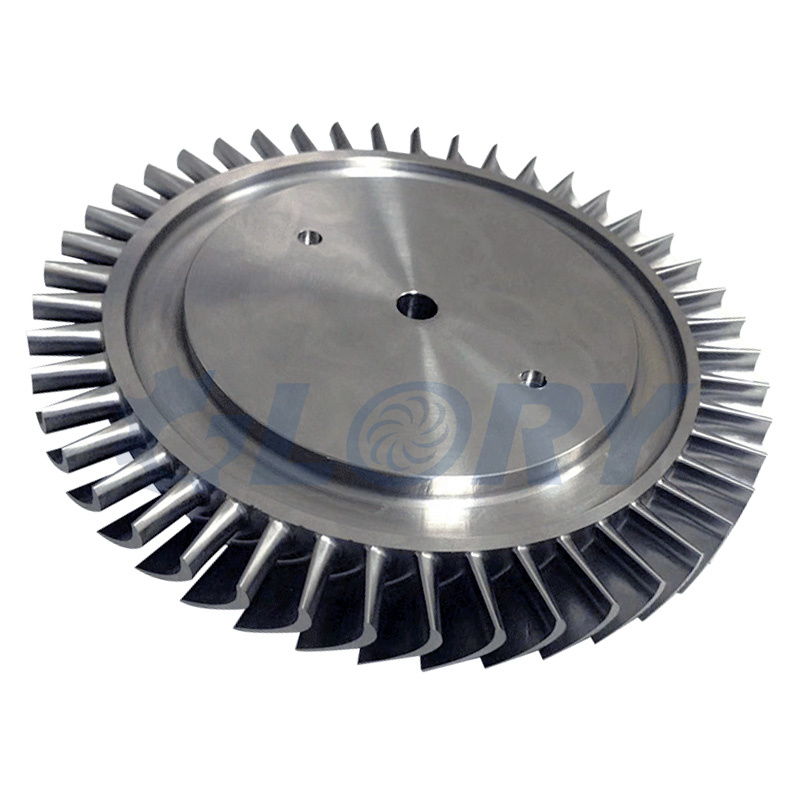
 We provide custom machined parts, 5-axis linkage CNC machining, and the design, production, and assembly of machinery and equipment.
We provide custom machined parts, 5-axis linkage CNC machining, and the design, production, and assembly of machinery and equipment.